Circumnavigate Lucca’s old city walls
Walk or cycle along 2.5 miles of scenic pathways as you circle the old town of Lucca from the top of its mura – or boundary wall. Through its long history, there have been four sets of walls built to protect the city and the 12-metre-high stone ramparts that you see today were built somewhere between the mid-1600s and early 1800s. The tree-lined route is a great way to see some of the city’s main sites, as are Torre Guinigi (a 45-metre-high Romanesque-Gothic structure that’s topped with a leafy roof garden) and the taller Torre Delle Ore (a 13th-Century clock tower than chimes – very loudly – every 15 minutes).
Gain access to the wall at the Baluardo San Regolo next to Lucca’s pretty botanical gardens, and find out why it’s a favourite location for the locals' beloved passeggiata (evening stroll). To ensure you don’t get peckish, pack some Buccellato from Buccellato Taddeucci café (Piazza San Michele, 34). Lucca’s famous bread has been satisfying sweet-toothed travellers since medieval times and is stuffed with raisins and flavoured with anise.
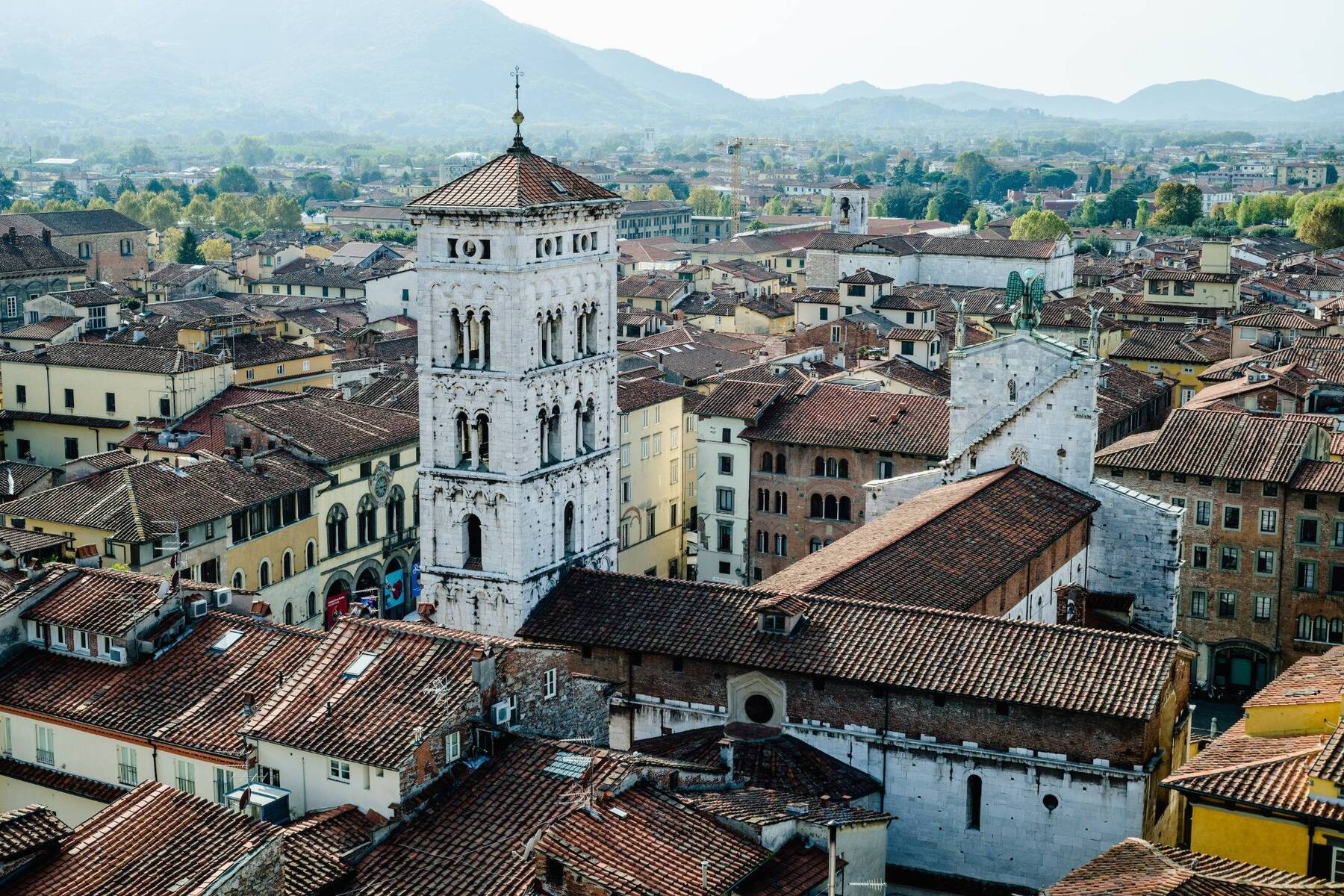
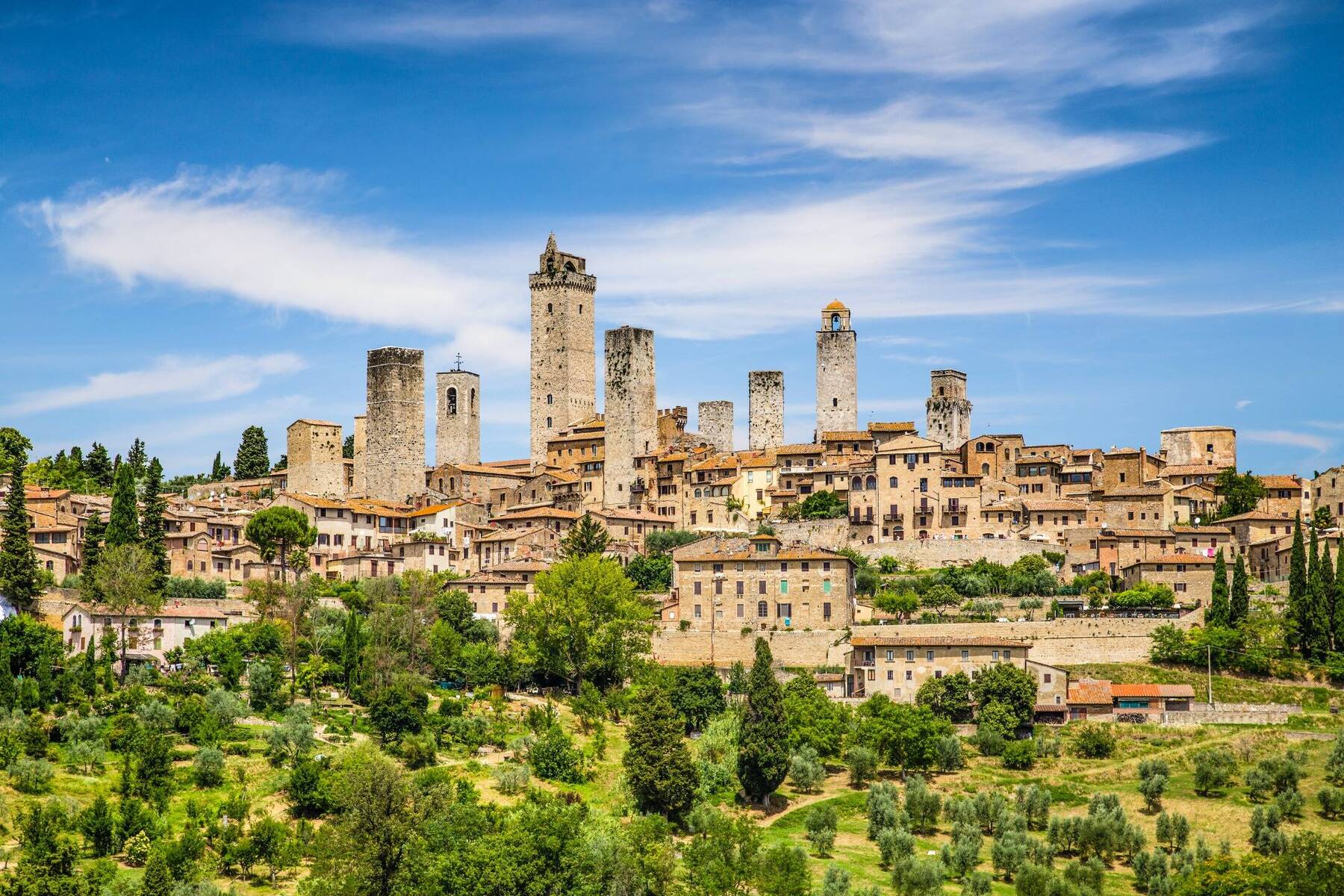
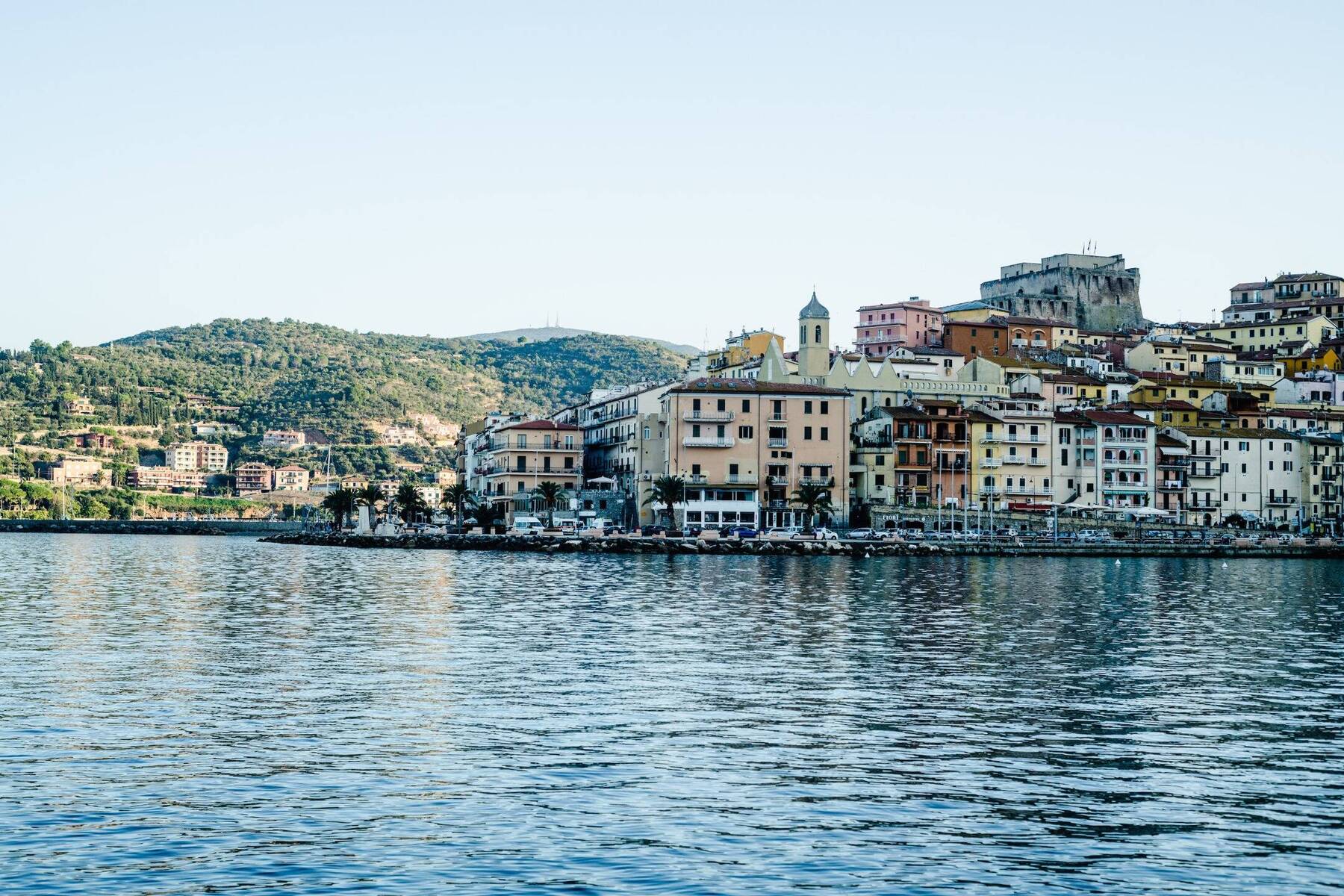
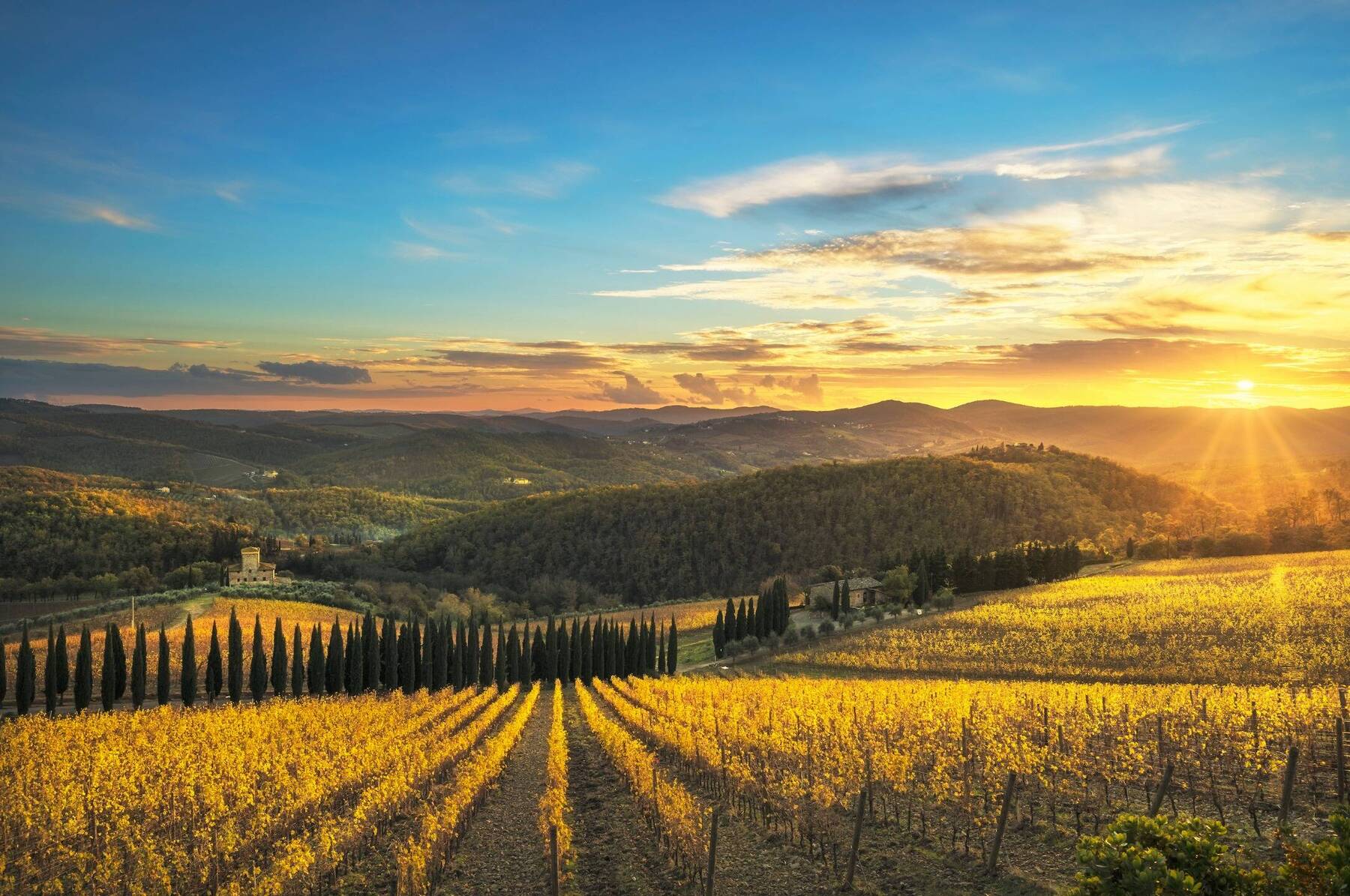

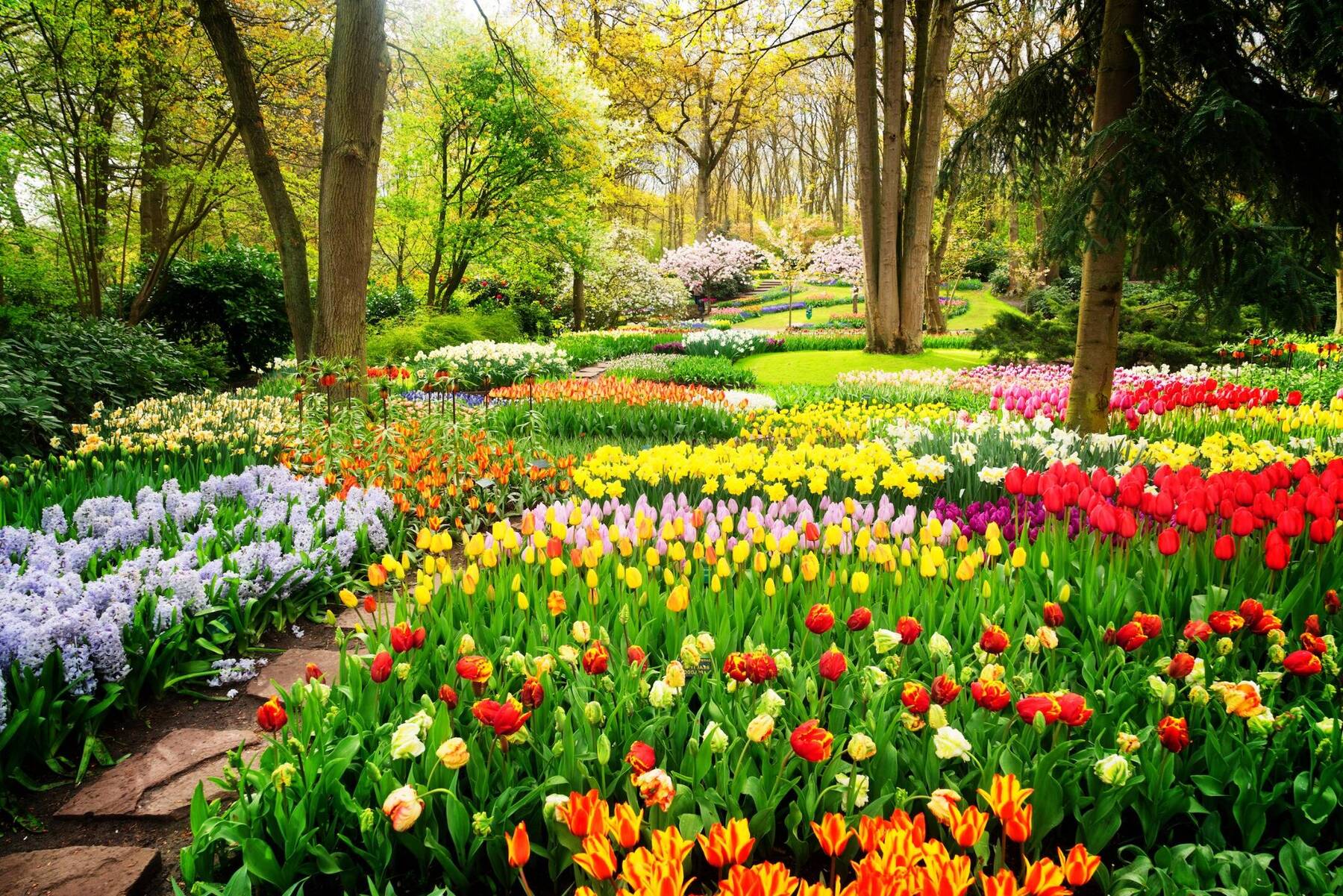
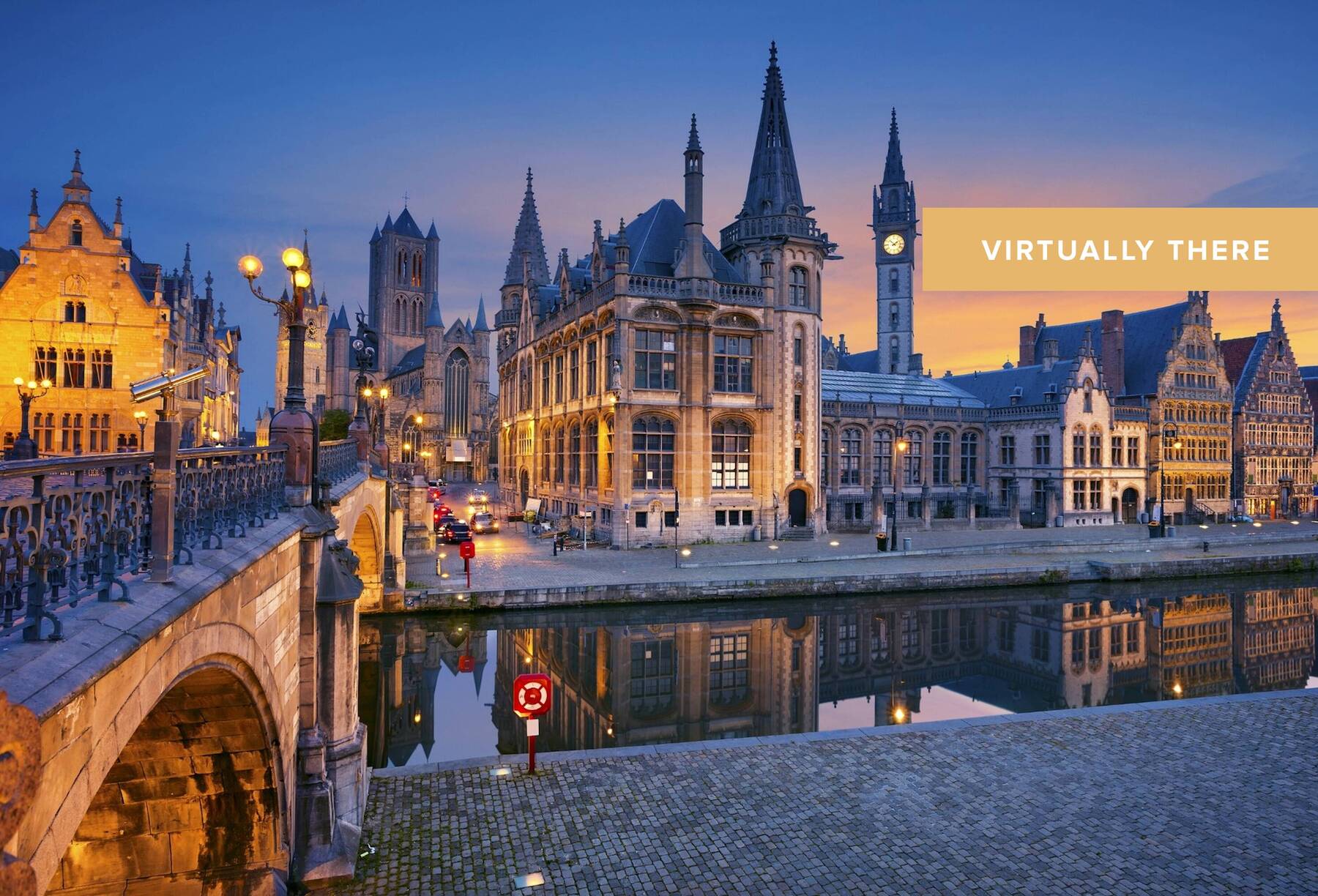
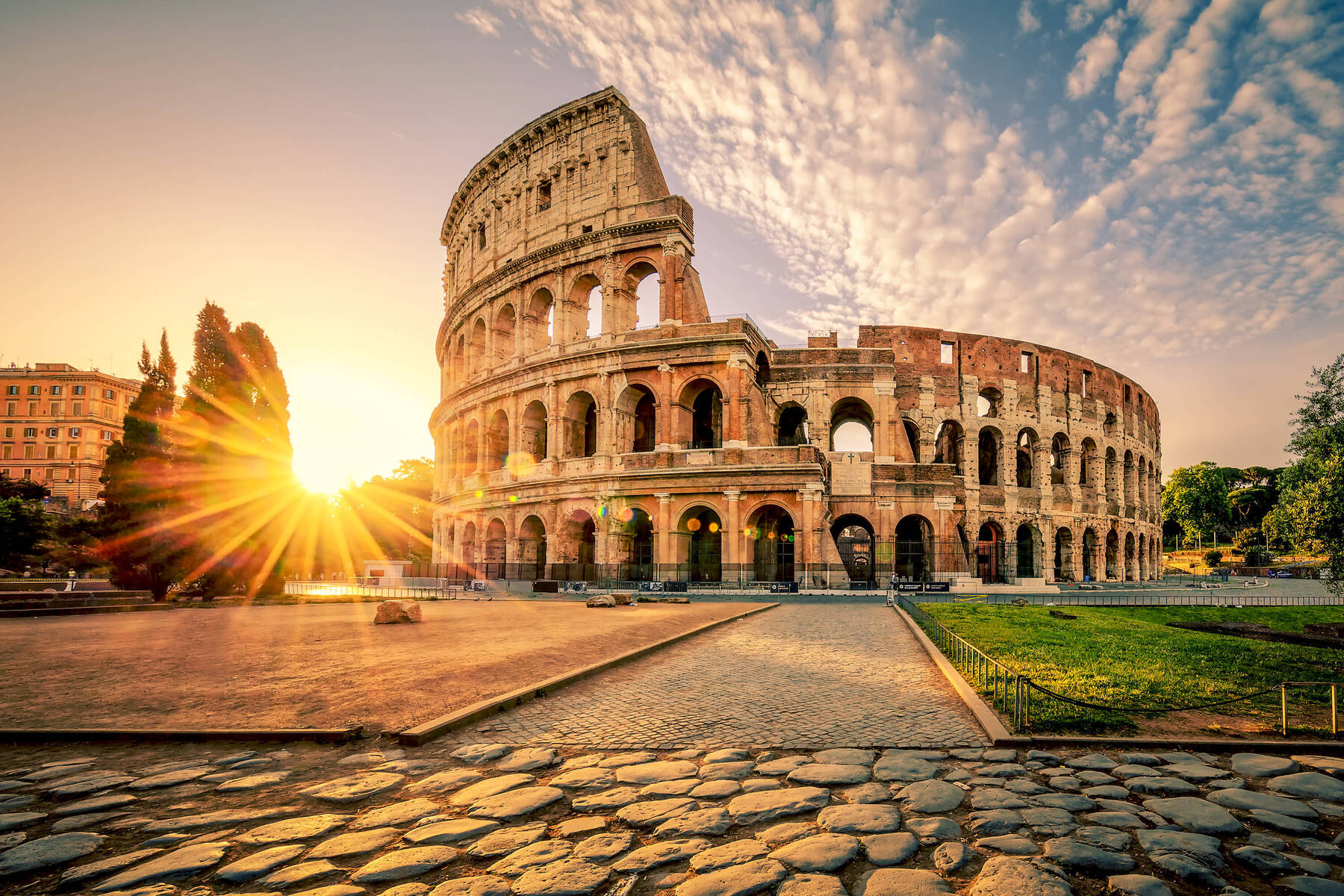

Comments